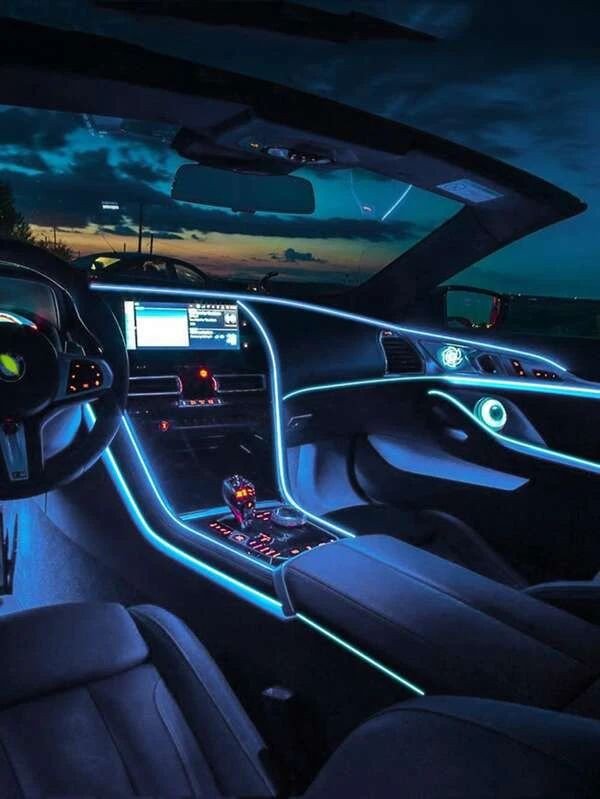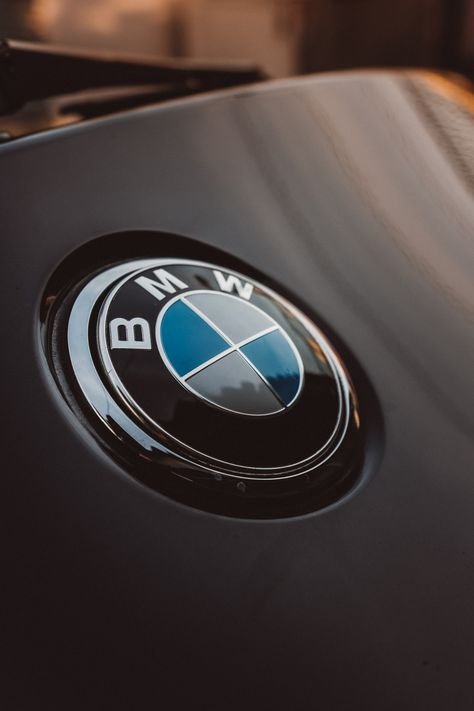
Lane Departure Warning (LDW) is a driver assistance technology designed to improve road safety by alerting drivers when their vehicle unintentionally drifts out of its designated lane. This system is part of a broader category known as Advanced Driver Assistance Systems (ADAS), which are technologies aimed at enhancing driving safety, reducing human error, and preventing accidents. LDW systems have become increasingly common in modern vehicles as a standard or optional feature and are often paired with other safety technologies like Lane Keeping Assist (LKA) and Blind Spot Detection.
1. How Lane Departure Warning Works
Lane Departure Warning is designed to alert drivers when their vehicle drifts out of its lane without using a turn signal. The system uses cameras or sensors to monitor lane markings on the road. When the system detects that the vehicle is moving outside of its lane boundaries, it issues an alert to the driver. This alert can be auditory (a beep or chime), visual (a warning light or icon on the dashboard), or tactile (vibrations in the steering wheel or seat).
The purpose of the alert is to draw the driver’s attention to the unintentional lane departure so they can take corrective action and steer the vehicle back into its lane.
2. Key Components of an LDW System
- Cameras: The core of the LDW system is the front-facing camera, usually mounted near the rearview mirror. This camera constantly scans the road ahead to detect lane markings.
- Sensors: In some systems, radar or LIDAR sensors are used in conjunction with cameras to enhance the system’s ability to detect lane markers, especially in adverse weather conditions or low visibility.
- Control Unit: The electronic control unit (ECU) processes the data from the cameras and sensors. It analyzes the vehicle’s position relative to the lane markings and determines whether the vehicle is drifting unintentionally.
- Alert Mechanisms: Once an unintentional lane departure is detected, the system triggers an alert. The alert can take various forms:
- Auditory: A beeping sound or chime.
- Visual: A warning light or icon on the dashboard.
- Tactile: A vibration in the steering wheel or seat.
3. Types of Lane Departure Warning Systems
Lane Departure Warning systems can be categorized into two broad types:
- Passive Lane Departure Warning Systems: These systems only provide a warning to the driver without taking any corrective action. The driver remains fully responsible for steering the vehicle back into the lane.
- Active Lane Departure Warning Systems: Also known as Lane Keeping Assist (LKA) systems, these not only warn the driver but also provide a corrective input, such as slight steering adjustments, to keep the vehicle within the lane boundaries.
4. The Evolution and History of LDW
The development of Lane Departure Warning technology can be traced back to the 1990s, when increasing attention was given to driver error as a leading cause of accidents. As the first ADAS systems emerged, automakers and tech developers saw the potential for lane-detection technology to enhance road safety.
- Early Systems: Early LDW systems appeared in the late 1990s and early 2000s. Nissan was one of the pioneers, introducing an early form of lane-departure alert in its trucks. These systems were relatively simple, using cameras to detect lane markings and issuing auditory alerts.
- Widespread Adoption: By the 2010s, Lane Departure Warning became more common as part of larger ADAS suites. The adoption of LDW systems was spurred by growing safety regulations and an increasing focus on reducing accident rates caused by driver fatigue and distraction.
- Integration with Other ADAS: Over time, LDW technology has evolved and is often integrated with Lane Keeping Assist (LKA) and Autonomous Emergency Steering to form a more comprehensive lane-keeping system.
5. Benefits and Impact on Road Safety
Lane Departure Warning systems are designed to mitigate the risk of accidents caused by unintentional lane departures. These types of accidents are common in cases of driver fatigue, distraction, or inattention. According to statistics, lane departure accidents account for a significant portion of road fatalities, especially on highways and rural roads.
Key Benefits:
- Accident Prevention: LDW can prevent accidents by alerting drivers before they drift into another lane, which can be especially dangerous at high speeds.
- Fatigue Reduction: On long drives, drivers may become fatigued and unintentionally drift out of their lane. LDW systems can help mitigate this risk.
- Distraction Compensation: With the increase in distracted driving, especially due to mobile devices, LDW helps refocus drivers when they become momentarily distracted.
- Reduced Head-On and Side-Swipe Collisions: Many accidents involve vehicles unintentionally crossing into the path of oncoming traffic or drifting into adjacent lanes. LDW significantly reduces these types of collisions.
6. Limitations and Challenges
While Lane Departure Warning is a valuable safety feature, it is not without its limitations:
- Weather Conditions: In adverse weather conditions such as heavy rain, snow, or fog, the camera’s ability to detect lane markings can be compromised, reducing the effectiveness of the system.
- Lane Marking Visibility: LDW relies on clear, visible lane markings. Poorly maintained roads or faded lane markings can cause the system to malfunction or fail to provide warnings.
- Driver Dependency: There is a concern that drivers may become over-reliant on LDW and pay less attention to their driving. This can lead to a false sense of security.
- False Alarms: In certain conditions, the system may issue false alarms, for example, when driving on roads without well-defined lanes or during temporary lane shifts in construction zones. This can cause frustration for drivers.
- Incompatibility with Certain Roads: Roads without clear or marked lanes, such as rural or unpaved roads, make it difficult for the system to function properly.
7. Lane Keeping Assist (LKA) vs. Lane Departure Warning (LDW)
Though often used interchangeably, Lane Keeping Assist (LKA) and Lane Departure Warning (LDW) are distinct systems:
- Lane Departure Warning (LDW): This system only provides a warning to the driver when the vehicle unintentionally drifts out of its lane. The driver is expected to take corrective action.
- Lane Keeping Assist (LKA): In addition to warning the driver, LKA provides automatic steering input to help the vehicle stay within its lane. This system works in tandem with LDW and is more proactive in preventing lane departures.
Some vehicles are equipped with both systems, working together to provide both alerts and corrective action, enhancing overall safety.
8. Future of Lane Departure Warning and Autonomous Driving
LDW technology is part of a broader movement toward autonomous driving. As automakers develop more advanced systems, LDW is evolving into systems that can take more control over the vehicle’s lane positioning. In the future:
- Full Lane-Centering Systems: LDW will likely evolve into systems that keep the vehicle centered in its lane at all times, as seen in some Level 2 autonomous driving systems like Tesla’s Autopilot or General Motors’ Super Cruise.
- Integration with Self-Driving Cars: As vehicles move closer to full autonomy, systems like LDW will become more integrated with self-driving technology, enabling vehicles to stay within lanes without human input.
- Enhanced AI and Machine Learning: Future LDW systems may use artificial intelligence to better predict driver behavior and road conditions, improving the system’s accuracy and reducing false alarms.
9. Regulations and Adoption in the Automotive Industry
Governments and regulatory bodies have recognized the safety benefits of LDW and have begun incorporating it into vehicle safety standards:
- Euro NCAP and IIHS: In many regions, including Europe and the United States, safety organizations like Euro NCAP and the Insurance Institute for Highway Safety (IIHS) rate vehicles based on the availability and effectiveness of LDW systems.
- Mandates: In some countries, LDW and other driver assistance systems are being mandated as standard features in new vehicles. For example, in the European Union, many ADAS features, including LDW, are required on new cars as part of stricter safety regulations.
10. Consumer Considerations
When considering a vehicle with LDW, consumers should keep several factors in mind:
- System Sensitivity: Different automakers implement LDW with varying sensitivity levels. Some systems may provide early warnings, while others may wait until the vehicle is closer to the edge of the lane. Test driving the vehicle and understanding how the system functions is essential.
- Cost and Availability: While LDW is becoming standard in many mid-range and high-end vehicles, it may still be an optional feature in lower-priced models.
- Integration with Other Safety Features: LDW is often part of a broader ADAS package, including adaptive cruise control, automatic emergency braking, and blind-spot detection. Buyers should consider the overall safety suite when evaluating a vehicle.
Conclusion
Lane Departure Warning is a critical innovation in the automotive industry, helping to prevent accidents caused by unintended lane drifts. As vehicles become more connected and autonomous, LDW systems will continue to evolve, making roads safer for everyone. Despite its limitations, LDW represents a significant step toward reducing human error in driving and improving overall road safety. The continued integration of LDW with other ADAS technologies will further enhance its effectiveness, ultimately contributing to the broader vision of autonomous, accident-free driving.







